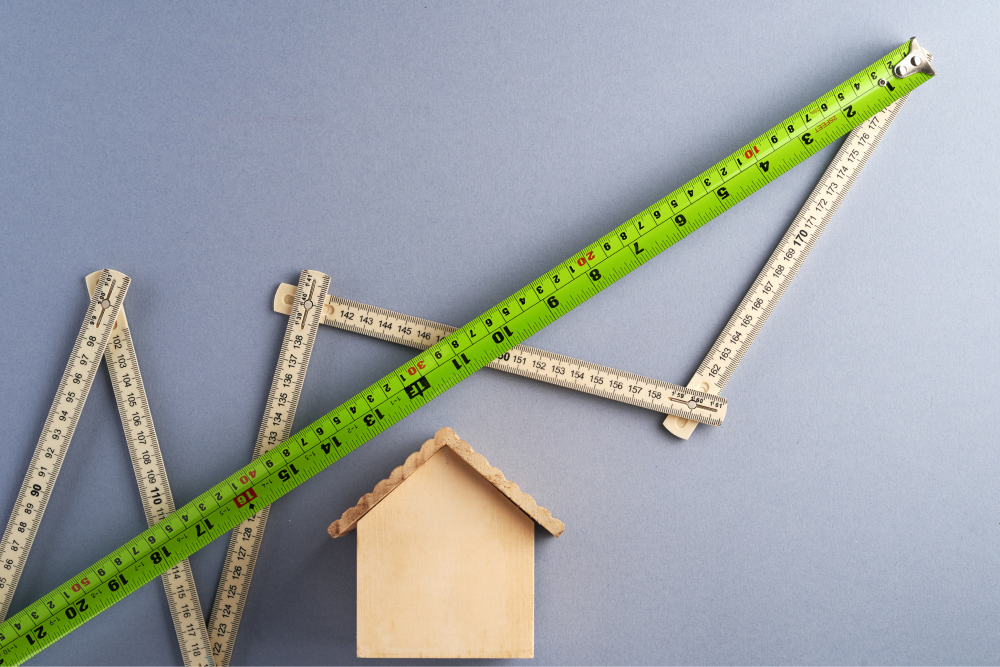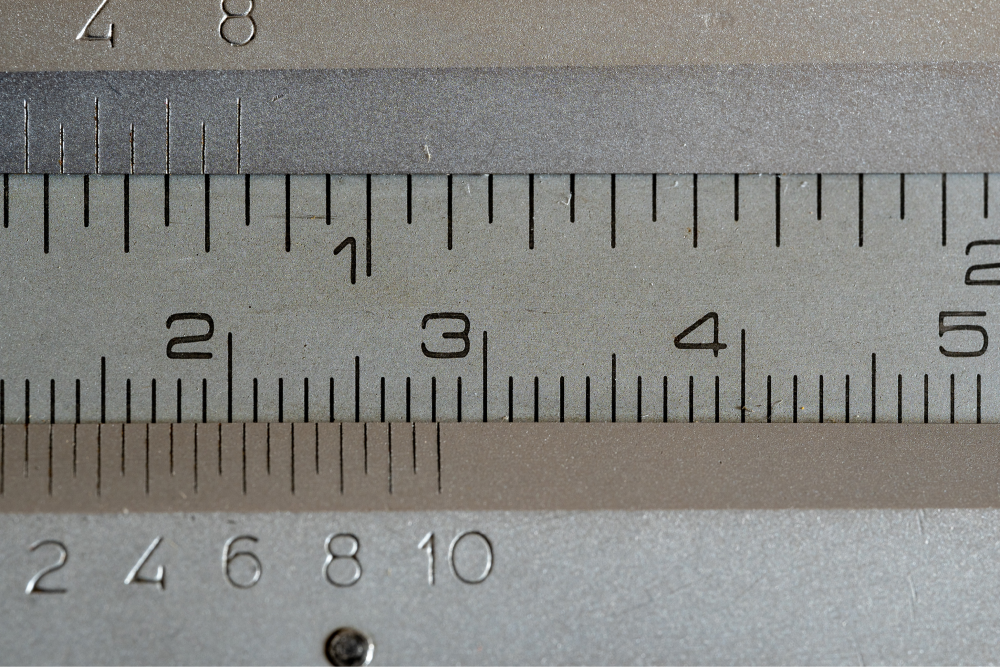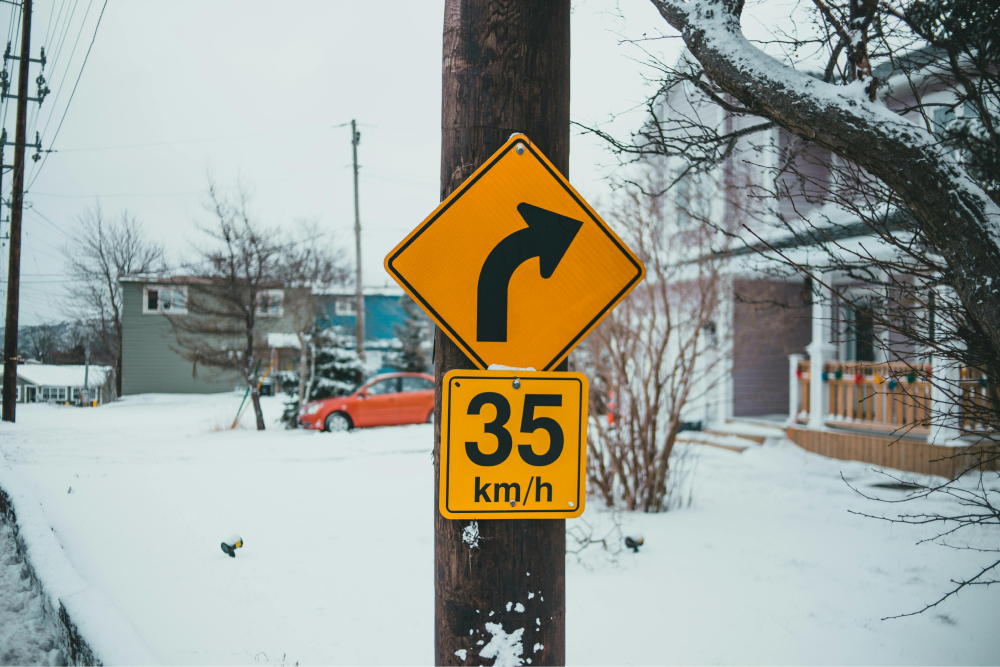
What are some common length conversions used in everyday life?
In your daily routine, you encounter various units of length, and knowing how to convert between them can be incredibly useful. Here are five common length conversions:
- Inches to Feet: There are 12 inches in 1 foot. Dividing the number of inches by 12 gives you the equivalent length in feet.
- Miles to Kilometers: With 3 feet in 1 yard, you can quickly find out how many yards a given length in feet is by dividing it by 3.
- Feet to Yard: To switch from miles to kilometers, use the conversion factor of 1 mile being approximately 1.6 kilometers. Multiply the number of miles by 1.6 to get the distance in kilometers.
- Yards to Meters: Conveniently, 1 yard is nearly the same as 1 meter, making it easy for quick estimations.
- Feet to Meters: To convert feet to meters, remember that 1 foot is approximately 0.3 meters. Multiply the number of feet by 0.3 to get the length in meters.




